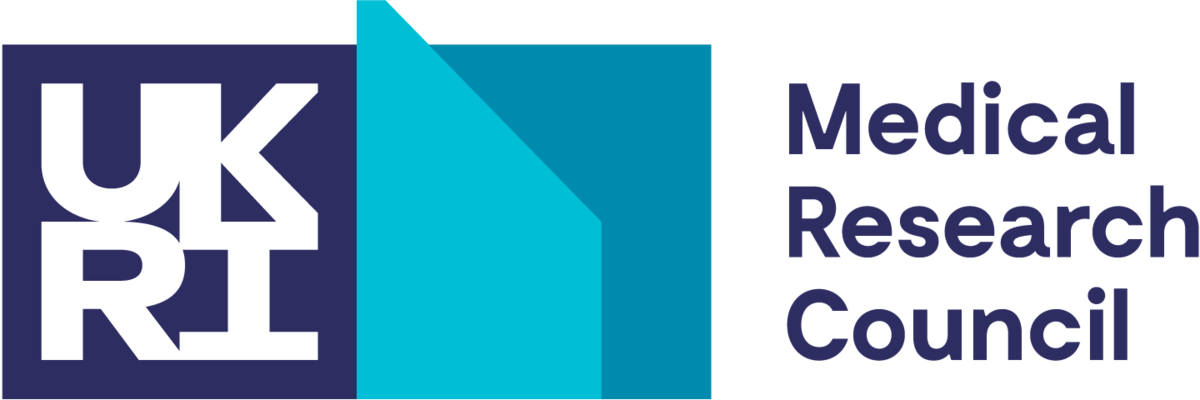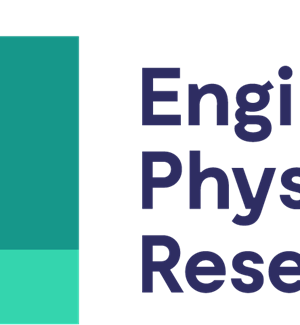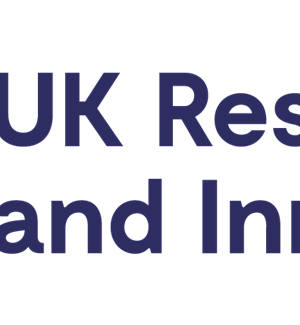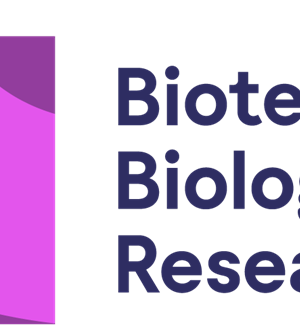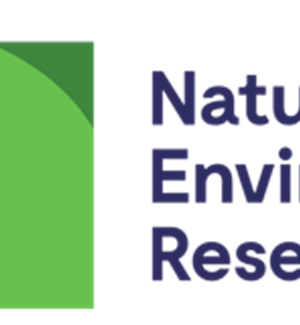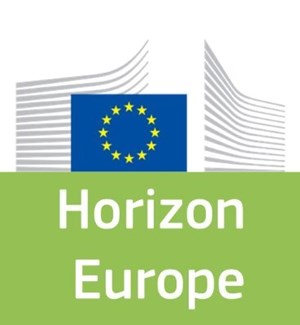- Elliot Scientific Limited - United Kingdom
Microscopic plastic particles and fibres ('microplastic'), originating from the degradation and wear of plastic materials, are a widespread pollutant in air, drinking water, food, and soils. There is potential for plastic to release even smaller particles - 1000 to 100,000 times smaller than a millimetre ('nanoplastic') - but this has not been confirmed in the environment due to a lack of available technology capable of such measurements. Nanoplastic is believed to be a greater public health threat than microplastic because it can enter cells and cause toxicity. Furthermore, nanoplastic will have longer lifetimes in air and water, before settling, and is therefore susceptible to long range transport, potentially around the globe. However, we have no idea on whether and how much occurs, or what it can do in environmental and biological contexts. We cannot understand what we cannot measure. This proposal aims to advance the analytical capacity in the UK, enabling the detection and characterisation of nanoplastic particles through the acquisition of a highly specialised imaging and microscopy platform. This will be achieved by two types of integrated microscopies, Atomic Force and Scanning Nearfield Optical Microscopy. Such a platform will also improve the detection of micro- and nanoplastic in samples, by exploiting plastic-specific properties through different types of light microscopy to highlight potential micro- and nanoplastic, thereby shortcutting where to direct further analysis. There are only a few platforms in Europe which integrate all these capabilities, none for the application of micro- and nanoplastics. This will be used to answer scientific questions on the prevalence, types, and toxicity of nanoplastics in air, human tissues, experimental cell models, and on the interactions between contaminants, microbes, cells, and micro- and nanoplastic. The data generated on the platform will impact industry and government, by indicating problem plastics for targeting innovative solutions and policy. The level of micro- and nanoplastic pollution is predicted to increase as plastic production continues to do so. It is therefore critical to start filling the huge gaps in our understanding of the impacts on health.
Want to analyze based on this project via our analysis tool? Analyze this project
Knowledge Gaps
Monitoring and detection equipment
Monitoring exposure methods
Cellular uptake of plastic
Human and environmental effects and toxicity test methods
Environmental fate and behavior of plastic
